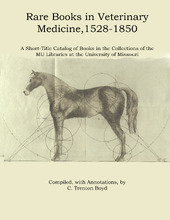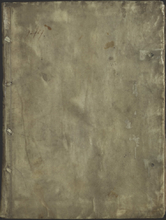In Milton's House of God, Stephen R. Honeygosky examines the ecclesial center of a representative sampling of John Milton's prose written throughout his life. Interrelating this body of literature with Reformation and post-Reformation history and theology, Honeygosky argues that for Milton the two major dimensions of church (the invisible and the visible) have an inextricable, ongoing, intersecting-though-not-equivalent relationship. He shows that it is the dynamic interaction between the two out of which Milton's entire ecclesiology proceeds. Milton's House of God explores in depth Milton's concept of church and its relation to the True Church, which he came to believe was always invisibly and spiritually gathered because of its mystic incorporation with Christ. Honeygosky discusses the new visible manifestations of the True Church during the seventeenth century the doctrine that can be distilled even from Milton's not explicitly doctrinal tracts and the evident and consistent verbal pattern that he used to feed and foster a Radical-Reformist communion. Additionally, Honeygosky examines the transmutation of terms important for Milton. He demonstrates how Milton takes such traditional ecclesiological words as worship, separation, schism, license, heresy, holiness, Scripture, and Sacrament, rejects their standard usage, then empties the terms of their expected import before renovating and reappropriating them once again. Honeygosky concludes that the fundamental Miltonic definition of church is the individual believing reader of sacred texts who has become an interfusion of sacred place, text, and action - a veritable House of God. Thus, Milton's ecclesiology results in a new mythic form derived from and designated for mid-seventeenth-century English culture. The believing and reading individual is the most basic House of God, the embodied consolidation of Church and Scripture and Sacrament.,1. Luther's reform: a view to Christians in earnest and their truly evangelical order -- 2. Milton's ecclesiology: The real house and church of the living God -- 3. That mystic body and societ[ies] of persons within the whole multitute : vertical and horizontal mystical union -- 4. Rites and methods which [God] himself has prescribed : solution to the riddle of true reform -- 5. To stand separated : a rite of communion for the unanimous multitude of good protestants -- Many schisms and many distinctions : a goodly and graceful building -- 7. When they cry liberty : a rehetoric of license for bad men -- 8. Heresie : against the light of God's secretary -- 9. Regenerated by God : the dignity of the individual believer -- 10. Thir own abilities and the church : vocation to the new ministry -- 11. All sorts of degrees of men : scripture's new audience and messengers -- 12. If the word is used loosely : sacrament revised -- 13. A true and living faith : the ceremony of works -- 14. Charity or holiness of life : spiritual principle linking the inner and outer worlds -- 15. Written records pure : myth-making the new external scripture -- Conclusion: Kenosis: God's and Milton's reforming rhetorical invention.,Stephen R. Honeygosky.,Includes bibliographical references (pages 241-248) and index.

